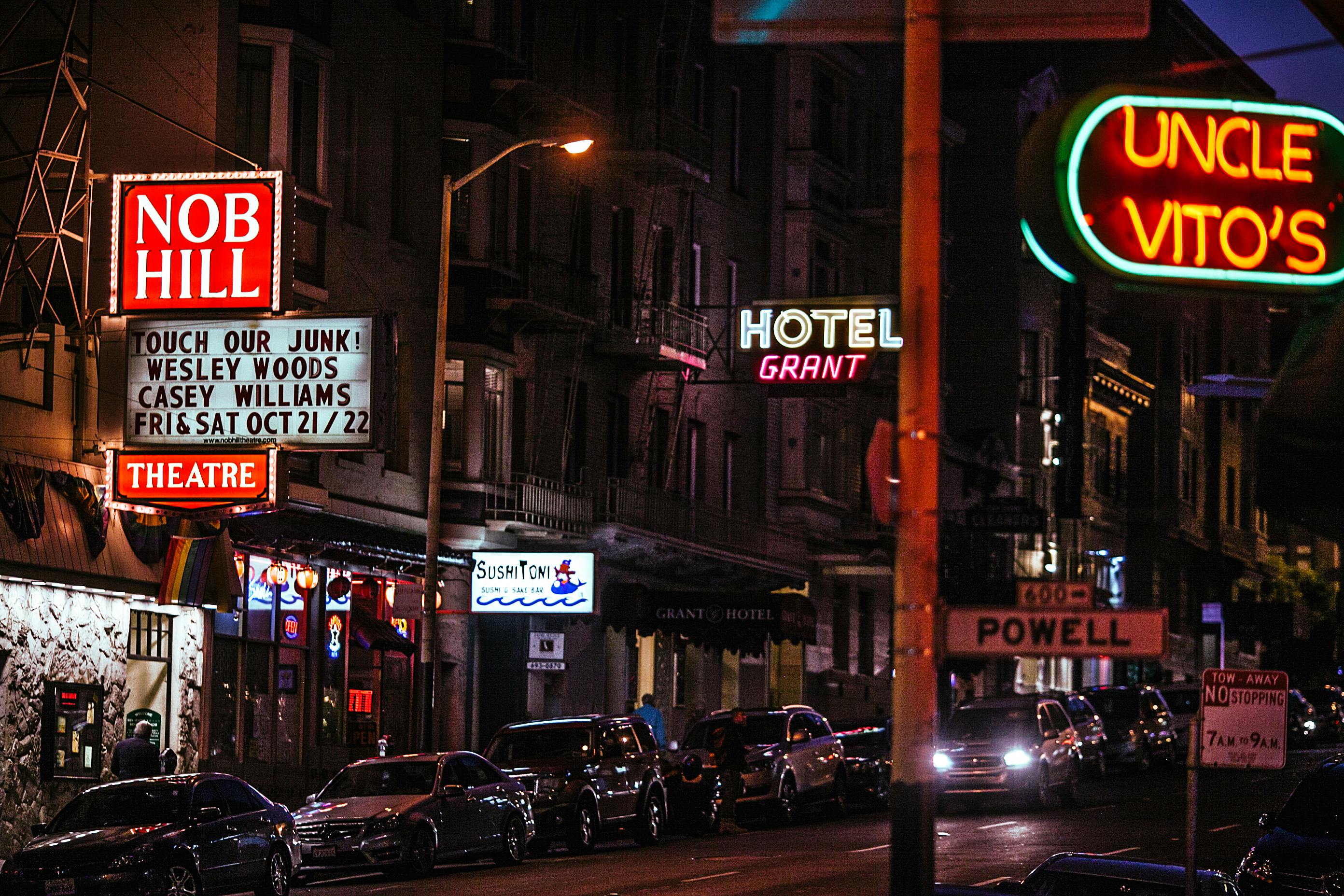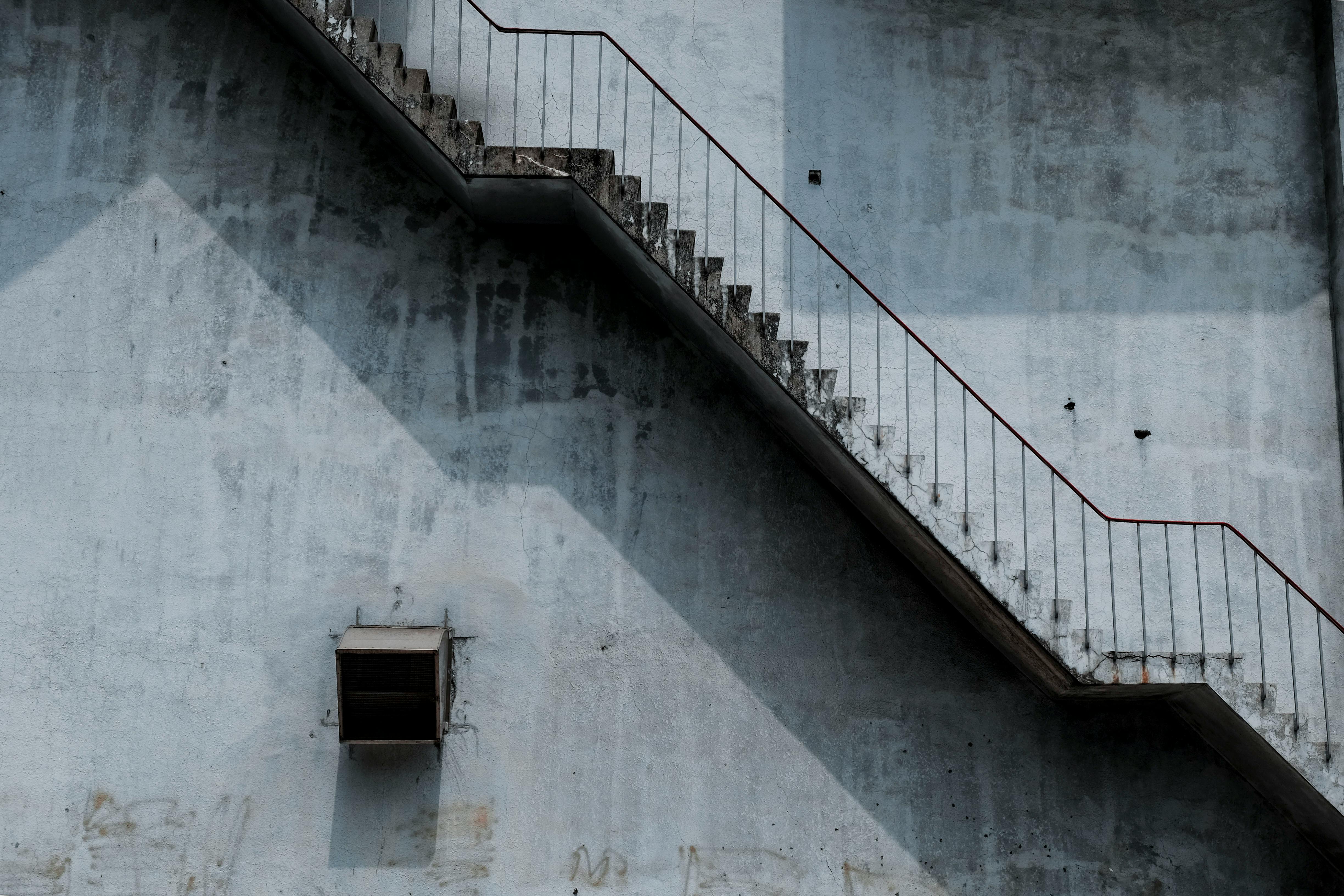Home HVAC (heating, ventilation, air conditioning) systems in most climates will be a heavy user of energy. In hot climates, it can account for 60% or more of your total electric bill. If your system is ten years old or older, it’s a prime candidate for an upgrade. Air conditioning systems are rated by SEER (Seasonal Energy Efficiency Ratio). This is something like a car MPG rating. The higher the number, the higher the energy efficiency and the less power you will consume for the amount of cooling compared to a system with a lower SEER rating. A system that is 10 years old or older probably had a SEER rating of 10 or less when it was new. As they age, they can lose efficiency due to compression loss and heat transfer restrictions, such as a dirty or damaged coil. If you have an older unit that needs repair, you may be tempted to spend the few hundred or thousands of dollars it takes to get it up and running instead of the thousands it would take to replace it with a high-efficiency system. Repairs can often be the best option on a tight budget or if you don’t plan on staying in the house long enough to get ROI (return on investment) from the new system.
But in the long run it can cost more to repair an old unit than to replace it. If you have an average 2,000 square foot home with a 4 ton AC unit, it could cost around $5,000.00 to replace plus or minus a thousand depending on the grade of equipment and everything involved in the installation. If this hypothetical system needs repairs in the typical $600-$1,000.00 range, it might seem like you save about $4000.00 by repairing instead of replacing. But you have to factor in the operating cost and future repair and maintenance to get a true cost comparison. If your system is starting to need repairs in that price range, there’s a good chance that year after year it will need even more repairs as it ages. If you add refrigerant due to a leak and don’t fix the leak, you’re guaranteed at least one, but probably several service calls a year to maintain your refrigeration. Finding and repairing small leaks in the coil can also be costly. Coil leak repair can be very difficult. When the coil starts to leak, there are probably many small leaks in the pipe where the fin contacts the pipe. This is due to electrolysis caused by the contact of two dissimilar metals and the presence of VOCs (Volatile Organic Compounds) that have condensed on the coil contributing to the formation of these small holes. Repairing them is a complicated process and can result in less than desired results. Fixing one leak can open another one nearby. Even if successful, the system’s efficiency can never return to its original low 10 SEER rating, let alone improve it. Charging a leaky system to “get by” also adds to the cost of operating that system. You have service costs plus the increase in operating cost as the system loses refrigerant and becomes less and less efficient.
So let’s take a look at the $5,000.00 the system pays to maintain your old system for a period of just five years. Right off the bat, we already know that you will spend around $1,000.00 to make the system work even at a low efficiency level. So now we’re down to $4,000.00. Now let’s say you average a very modest projected maintenance and service cost of $350.00 for years 2 through 5. Now that new system is costing you only $2,600.00. Most systems will have a 10-year parts warranty, so even if something were to go wrong, at least the parts would be covered. Labor for repairs on the new system will be at least 1 year and up to 10 years can be added for around $500.00 on most systems.
We haven’t even talked about energy cost savings yet. According to operating cost comparison software, using 0.11 cents per kilowatt hour and a modest rate increase of 3% per year, you would save $2,092.00 in air conditioning costs by upgrading to a 14 SEER Energy Star system from a of 10 SEERs. And this is assuming your 10 SEER system is still running at 10 SEER. I can say that it will not be. Savings will vary.
According to the same cost comparison software, government studies have also shown an increase in home values of about $7,800.00 by doing this upgrade. When we extend the time frame to the average expected life of the system to 20 years, your savings exceed $10,000 in operating costs.
So waiting until the old system fails completely to replace it can cost you much more in energy and comfort costs than replacing it now.




